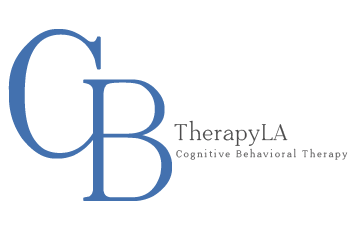Anxiety
“Fear can have a voice, but it doesn’t get a vote.” – Elizabeth Gilbert
Anxiety is a normal and universal human emotion that everyone experiences at various points in their lives. It’s a natural response to stress or potentially threatening situations. Anxiety becomes a disorder when it is chronic, excessive, and interferes with a person’s daily functioning and well-being. In other words, while anxiety is a normal emotional response, an anxiety disorder is a mental health condition characterized by intense and persistent feelings of anxiety that disrupt a person’s life.
Here’s a breakdown of the differences between anxiety and an anxiety disorder:
Anxiety:
- Anxiety is a common emotion experienced by everyone.
- It’s a response to stress or challenging situations.
- Occasional anxiety can be adaptive, helping us stay alert and focused.
- It’s often proportional to the situation, and the anxiety typically subsides once the stressor is resolved.
- Mild to moderate anxiety doesn’t usually significantly interfere with daily functioning.
Anxiety Disorder:
- An anxiety disorder is a mental health condition that involves excessive, irrational, and persistent worry and fear.
- The anxiety is disproportionate to the actual threat or situation.
- It persists over time and can become chronic, lasting for at least six months or more.
- It can lead to significant distress and impairment in various areas of life, such as work, school, relationships, and personal well-being.
- Anxiety disorders include specific diagnoses such as Generalized Anxiety Disorder (GAD), Panic Disorder, Social Anxiety Disorder, and Specific Phobias.
While anxiety is a normal emotional response that everyone experiences, an anxiety disorder is characterized by excessive, persistent, and often irrational anxiety that significantly impacts a person’s ability to function and enjoy life. If you or someone you know is struggling with symptoms of anxiety that are interfering with daily life, seeking professional help from a mental health provider is recommended to determine whether an anxiety disorder may be present and to receive appropriate treatment.
Anxiety is a natural part of life, and it’s inevitable that we all experience it, especially when triggered by specific stressors or events. For instance, imagine being chased by a bear in the woods—the physical sensations of anxiety in this situation are essential to protect you from danger through the activation of the “fight-or-flight” response. However, there are instances when anxiety arises in situations that do not pose an actual threat. The real concern arises when symptoms of anxiety become frequent, excessive, and interfere with daily life. In these cases, individuals may start avoiding situations that trigger anxiety or engaging in safety behaviors. This avoidance behavior is a response to the brain signaling false alarms when there is no genuine danger. Part of effective treatment involves learning how to filter out these false alarms.
It’s important to understand that anxiety doesn’t get to dictate the decisions for your life. Treatment is a transformative process that empowers clients to manage their anxiety symptoms using evidence-based treatments, such as Cognitive Behavioral Therapy (CBT) and Acceptance and Commitment Therapy (ACT). Through CBT, individuals learn to challenge irrational thoughts and behaviors associated with anxiety. By identifying triggers and learning to tolerate anxiety, individuals can change their relationship with anxiety. On the other hand, ACT focuses on acknowledging anxiety as a part of life and redirecting attention towards living a values-driven life, rather than a fear-based one. This therapeutic approach encourages individuals to embrace challenges, cultivate mindfulness, and take meaningful actions despite the presence of anxiety.
Anxiety Disorders
| Generalized Anxiety Disorder | Social Anxiety |
| Health Anxiety Disorder | Specific Phobias |
| Panic Disorder |
